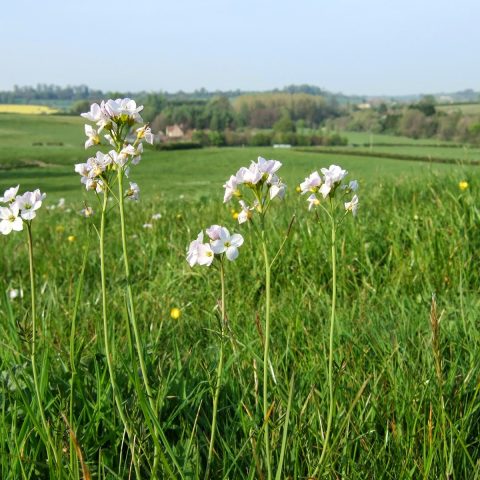The Rain Gardens' Story
A national "Flood Risk" area, Brighton and Hove is a city vulnerable to surface water flooding, with its ground and draining system recurrently at risk of being overwhelmed during episodes of heavy rainfall. At the same time, the city is part of the Brighton and Lewes Downs UNESCO World Biosphere Region, with a commitment to advancing sustainable development with interlinked social and ecological benefits that simultaneously promote human well-being and biodiversity.
With this challenge and mission in mind, the Brighton and Hove City Council piloted the development of an innovative form of sustainable draining system (SuDS): rain gardens. SuDS are urban development and water management practices that mimic natural drainage processes to manage rainwater in the vicinity where it falls. Within this group of practices, rain gardens are low-lying green spaces that contain rain-tolerant plants designed to receive and store excessive surface water from roads and pavements. After the water is deposited, the rain garden then slowly drains itself over time.
First, a scoping study funded by Natural England was conducted in partnership with The Ecology Consultancy and The Green Infrastructure Consultancy. Through this study, suitable and in-need spaces for the rain gardens were identified in Portslade, an area particularly vulnerable to surface water flooding. The final chosen spots were Victoria Recreation Ground and Locks Hill (Portslade Village Green), selected in consultation with local businesses and local households. Subsequently, through funding support from the Environmental Agency, the rain gardens were developed and established, remaining and being maintained to date by the council.
While rain gardens are particularly beneficial as a climate adaptation measure to reduce flooding risks, they have wider co-benefits. Rain gardens can help to filter pollution in water, improving water quality. In the case of Brighton and Hove, this helps to prevent pollutants from reaching the city's groundwater, including the chalk aquifer that provides all the city's drinking water. Moreover, by planting a variety of native flora species that attract wildlife, rain gardens can promote biodiversity and the recreational use of green spaces by the public.
Useful Learnings from The Rain Gardens
In order for the rain gardens to make a lasting impact, there is a need to scale-up their implementation locally once pilot projects have demonstrated success.
Nature-based solutions (like SuDS/rain gardens) not only help with climate mitigation but also with climate adaptation.
The Rain Gardens' Metrics
Observations on instances of local flooding.







